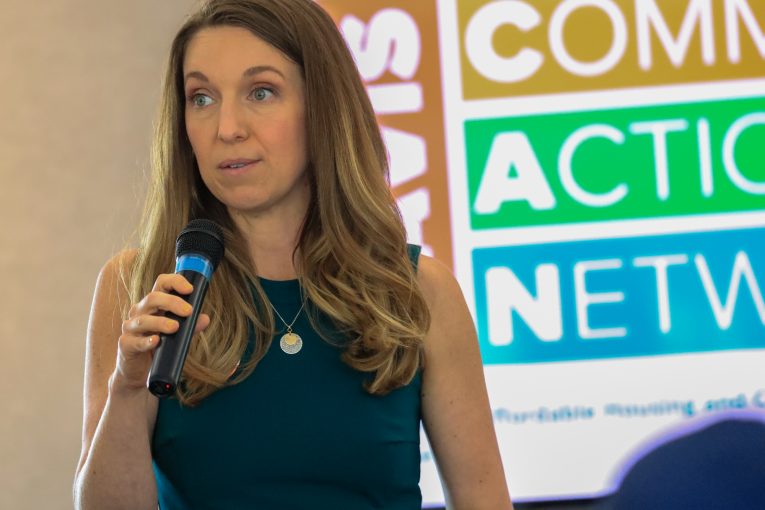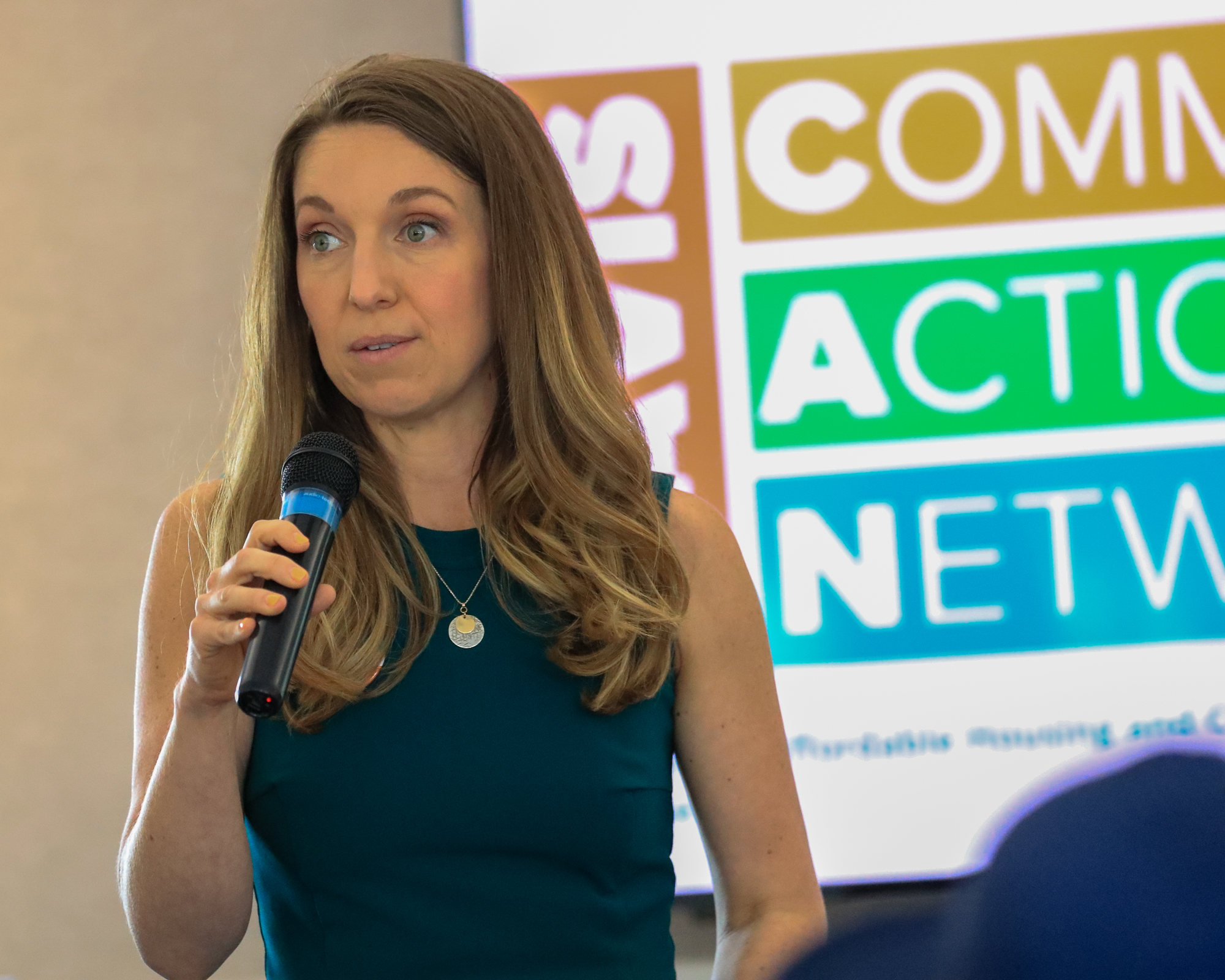

Dear City Council,
Thank you for this opportunity to comment on the draft Inclusionary Zoning ordinance, prepared for the public hearing on June 27th. Because this is occurring just before the expiration date on June 30th, we strongly urge you to follow staff’s recommendation to approve the extension of the interim ordinance. With that extended time, we hope that you will work with city staff, commissions, and our community to expand affordable housing through ambitious and achievable inclusionary percentages, coupled with additional strong alternatives to building units onsite. This is especially crucial given the recent rejection by the California HCD of RHNA compliance due to insufficient provision of affordable housing and the value of affordable housing to address our climate crisis.
We have three recommendations for the ordinance that we have explained in more detail below:
First: We appreciate the current draft language that sets the required percentages at 15% and we encourage you to hold 15% across project types, including mixed use.
Second: We recommend strengthening the ordinance by prioritizing land dedication and funding pathways for the Housing Trust Fund as the key alternative options.
Third: Please consider the adoption of the staff recommendation of 7 units for the exemption instead of the 20 units recommended by Cascadia.
We believe that well-designed and high density developments with affordable housing included is a critical strategy to addressing our dual housing and climate crises. A strong inclusionary ordinance is fundamental to that pursuit, but it is only one aspect of a city’s overall approach to ensuring access to affordable housing. Used in combination with the Housing Element and the General Plan, the ordinance should establish a clear threshold for affordable units in new developments meeting the unique and significant housing demands of our community.
The current draft and set of recommendations for the rental portion of the ordinance is a strong start, but there is significant work left to do on the rest of the ordinance. We hope the council will communicate a clear timeline for the drafting and revision of the full ordinance tonight.
Recognizing the urgency of approving the extension before the sunset and the focus on the rental segment first, we offer specific recommendations on the rental portion and a few preliminary recommendations for the revision of the full ordinance.
First: We appreciate the current draft language that sets the required percentages at 15% and we encourage you to hold 15% across project types, including mixed use. This is the maximum level that we can require under AB 1505 without drawing the possibility of state intervention. Based on the recent social services report, 15% is consistent with other California cities that are comparable with Davis. However, we recognize that this percentage sets the floor, not the ceiling.
As affordable housing and climate justice advocates, we would like to see a greater percentage than 15% in each new development. We are encouraged by the number of developments coming before this Council right now that have promised greater percentages than 15% (including Village Farms, Shriner’s, and G street plaza), proving that developers can raise the bar to meet community needs. When developers bring a higher number to the table, that is a win. As city council, you are charged with the responsibility along with our city staff to negotiate the best long-term options for our community. We expect that you will treat this as the floor and utilize the strongest possible alternatives when 15% is truly and verifiably not possible.
So, let’s talk about the importance of strong alternatives if 15% is truly impossible. Yesterday, the new Ace project dropped with 120 housing units and 6 set aside as affordable. This is aligned to the 5% for mixed use projects within the interim ordinance. But, in our view, 5% falls far short. If this ordinance revision process was completed already, you could be negotiating with that team for how they would make up the missing 10% in their plans through land dedication or contributions to the housing trust fund. Our delinquency in revising this ordinance puts us on the back foot for that negotiation, resulting in the potential loss of units for Davis residents over time. Regardless, you still have time to work with this developer to increase that percentage or secure alternatives that will add to the affordable housing portfolio within the city.
Second: We appreciate the current alternatives listed within the draft ordinance and recommend strengthening the ordinance by prioritizing land dedication and funding pathways for the Housing Trust Fund. This prioritization is critical because our ordinance lacks specific set asides for community members in the extremely low and very low income categories. Alternative funding pathways create opportunities to serve this population. It’s also important to note the historic power of land dedication in our city’s affordable housing record. This has been a key pathway for building units and could bring more success in the future. The Housing Trust Fund gives the city flexibility to pursue options for program design and for units outside of new developments to be added to the portfolio. These alternatives should be at the top of the lists.
Third: Please consider the adoption of the staff recommendation of 7 units for the exemption instead of the 20 units recommended by Cascadia. Setting this exemption level could result in missed opportunities for affordable units in the long run. This is out of keeping with the city’s our long term goals for dense infill and potential use of small parcels around town that may fall under the 20 unit site plan, If a project truly and verifiably cannot afford the 15% percentage at 8, 10, or 15 units, the alternatives package would kick in and be negotiated, making exemptions possible on a case by case basis. A blanket exemption for 20 units and below could result in fewer opportunities to build affordable units and takes away opportunity for negotiation.
In closing, we believe a strong inclusionary ordinance is only one aspect of a city’s overall approach to ensuring access to affordable housing. Getting this right will shape affordable housing development for years to come and it is imperative that we set these thresholds appropriately. We would like to leave you with a few recommendations that go beyond the rental portion of this ordinance:
- As decision makers, you should have an update on the latest status report of our affordable housing portfolio. Much of this is included in the Housing Element but there is information missing now from the public dialogue that would be useful to this process. For example, we should know the current status of wait lists, the experiences and current needs of property managers and service providers, the experience and current needs of residents, and the basics on the portfolio status including unit count and location. To understand how many more units we need and who needs to be served, we must improve our collection and use of information on the existing portfolio.
- The Department of Housing and Social Services was established to meet the growing needs of our community. We are lucky to have this department to help us reach our goals for a robust housing program. Our recommendation for investing in the Housing Trust Fund calls for a matched investment in the capacity of that department to be effective with those funds. As you continue your discussions in other aspects of city business and the budget, please indicate your support for this department through funding.
- Housing design is not one-size-fits-all. Please consider the best way to meet the needs of specific groups within our city such as our neighbors with intellectual or developmental disabilities, those with physical disabilities, seniors, families with young children, and others that may not meet current eligibility criteria but are housing insecure. We suggest ensuring inclusion of those groups in our public engagement processes.
- Review our current shared equity program for potential improvements. Building home equity is a key lever for interrupting multi-generational poverty and increasing opportunity. What can our city do to improve this program within our housing ordinance and related program structures?
- Likewise, the city should consider affordable housing as a key part of its climate action strategies, as we cannot achieve them without reducing commutes and auto-dependent travel, especially for low-income residents.
- Lastly, our model currently rests on housing developers to fund housing projects. It will be important to launch a nexus study to examine the possibility of commercial linkage fees to support the Housing Trust Fund. This suggestion was supported by the Cascadia expert team when raised by the SSC and could create another pathway for funding in the city.
Davis Community Action Network plans to bring members of our community together to add to this conversation as you deliberate on the shape of the final ordinance. We hope that you will invite such community engagement outside of the city commission meeting. This would expand the process in order to ensure the City of Davis has the full understanding of our community’s needs and goals for housing. It will also ensure that all voices, including those typically left out of public decision-making are centered.
Thank you for this opportunity and we look forward to hearing your discussion and decisions during the session.
Judith Ennis on behalf of Davis CAN

Interesting proposal to have commercial development pay into a housing fund. Here’s an example of how San Jose implemented it:
https://www.sanjoseca.gov/your-government/departments-offices/housing/developers/commercial-linkage-fee
I am very appreciative of CAN stepping forward into this debate.
The issue of affordable housing is usuallly neglected or ignored and the voice of CAN will lend stature to the debate.
In looking at the Village Farms proposal I still see a 388 acre parcel setting aside only 1.3% of that land for low and below.
That 1.3% of the land appears to be approved spatial segregation by race and class.
Hopefully CAN can also address this I% for the poor.
It is a sad map describing the future of Davis.
I would urge CAN to loook into proposing what is the housing we need in Davis to offer affordability and measurable changes to promote higher density and reducing commuter miles.
Change is neeeded by us here if we are to impact Climate Change.